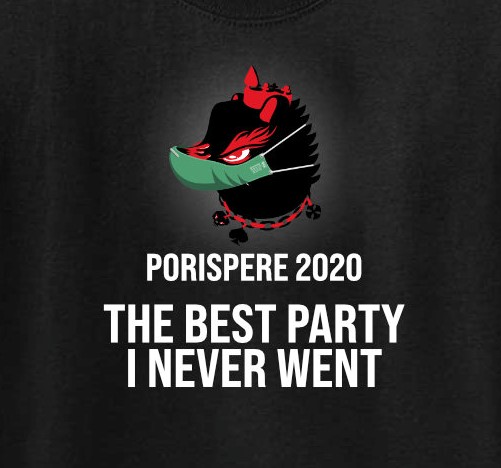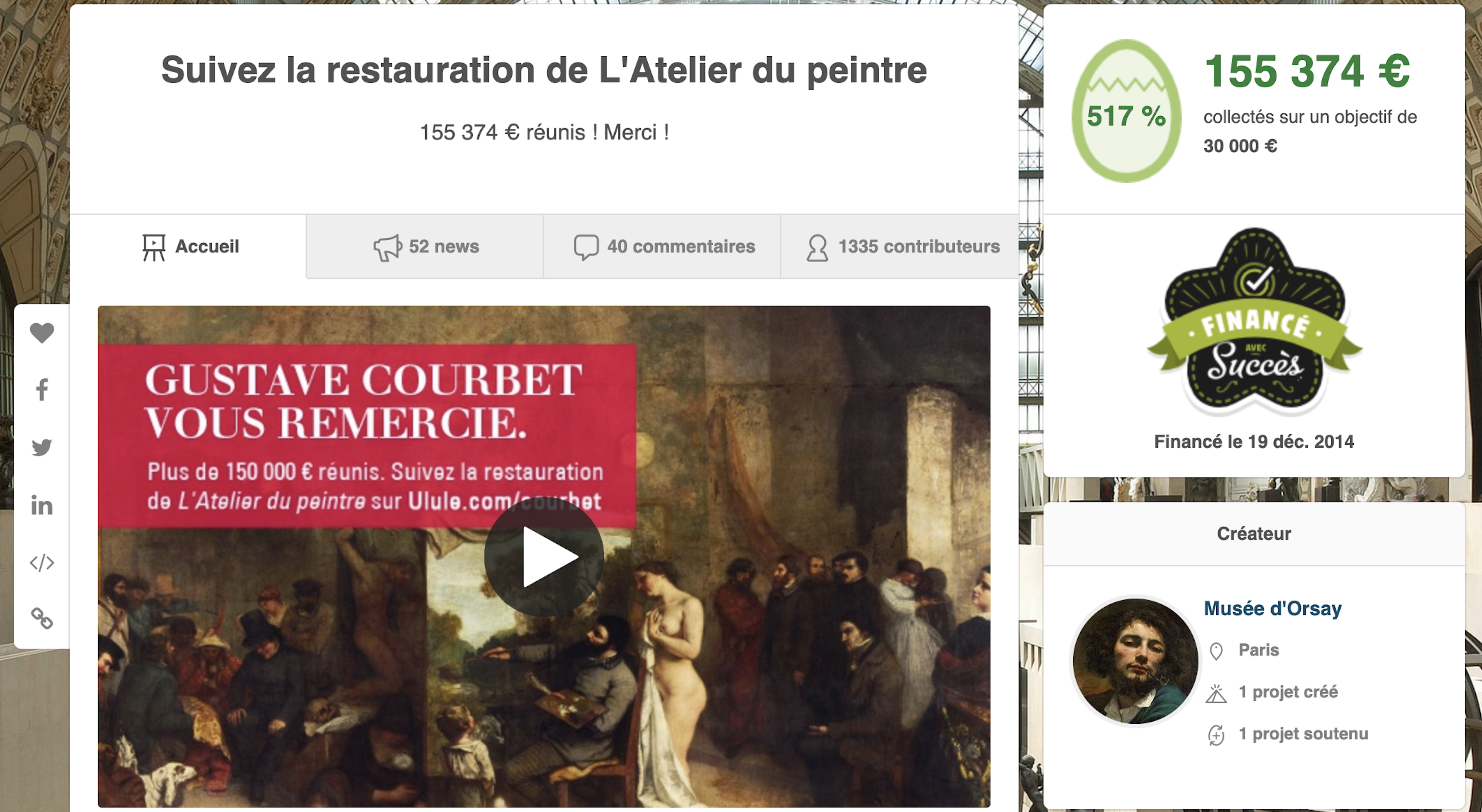By Kati Suomi and Mervi Luonila

Ironic humor can be a powerful technique for attracting attention in the field of arts. It can be influential as well, but using it is a tricky business. The risk of misunderstanding is real and may carry serious implications. However, the artful use of ironic humor can steer stakeholders to share and co-create the brand identity of arts productions, such as festivals. In our article Suomi, Luonila & Tähtinen (2020) “Ironic festival brand co-creation” we attempted to find out: “how can ironic humor be used with and by stakeholders to co-create brand identity?” Continue reading “THE USE OF IRONIC HUMOR IN FESTIVAL BRANDING”





Recent Comments